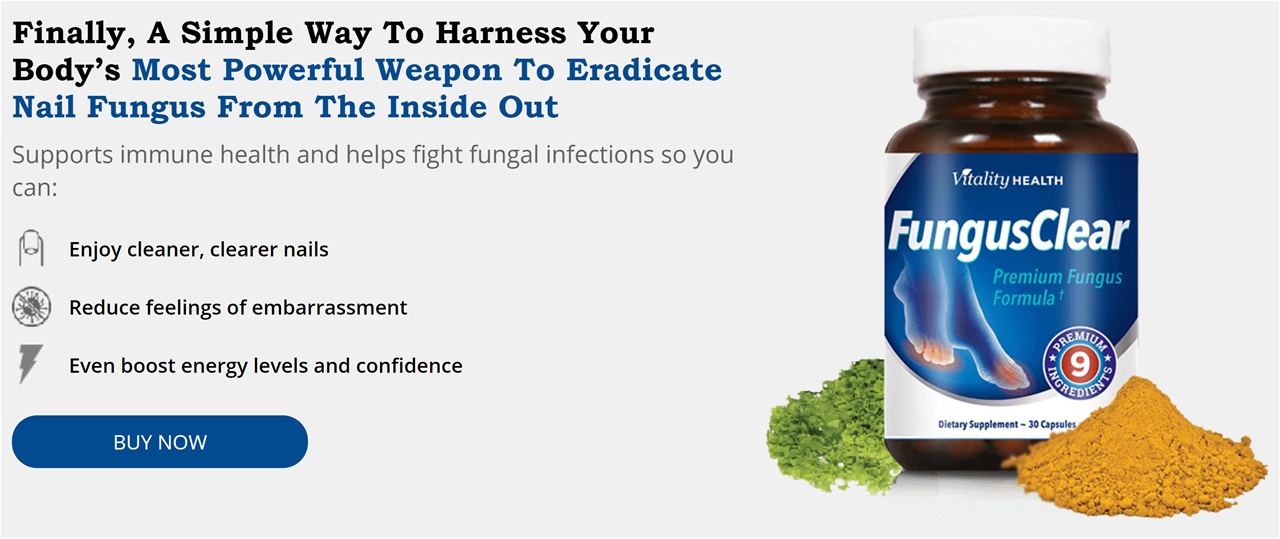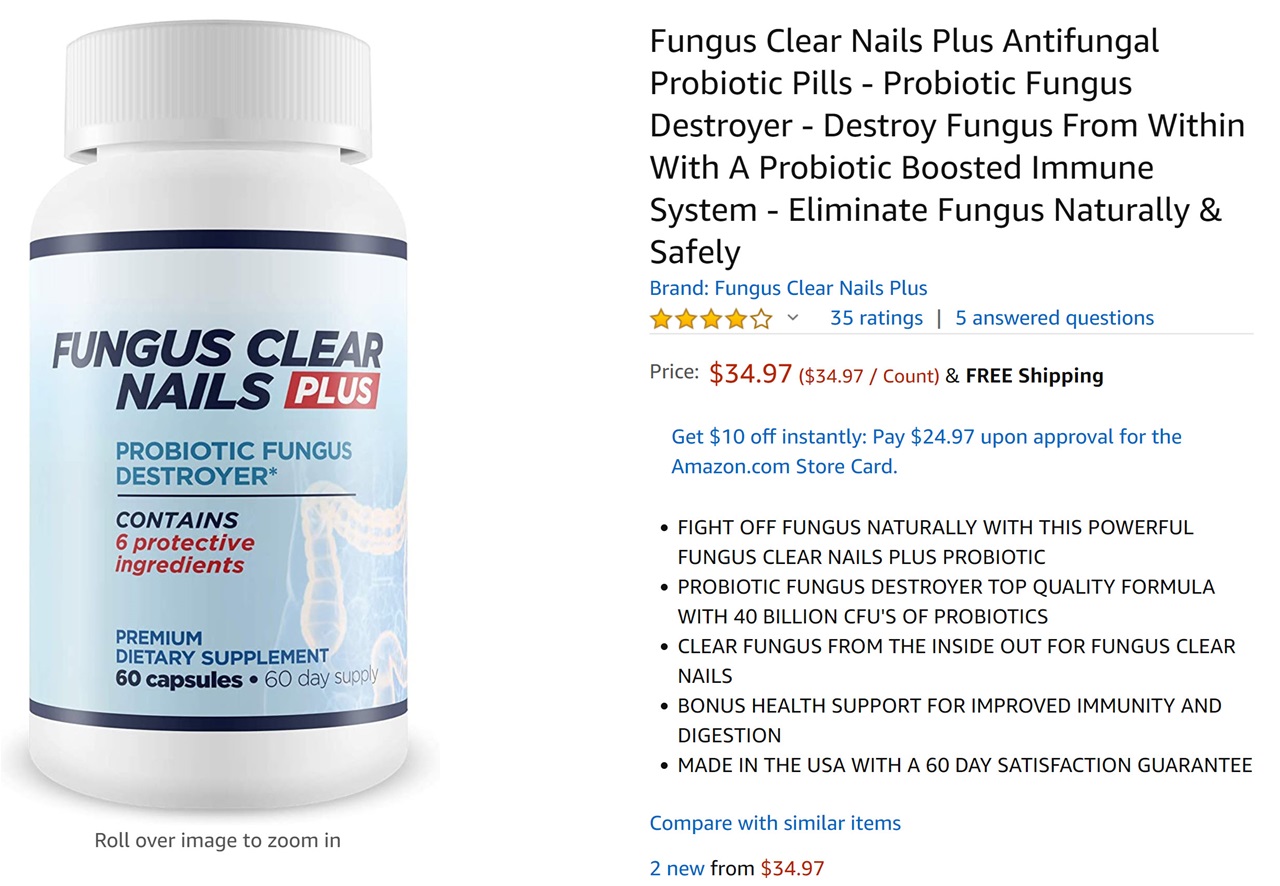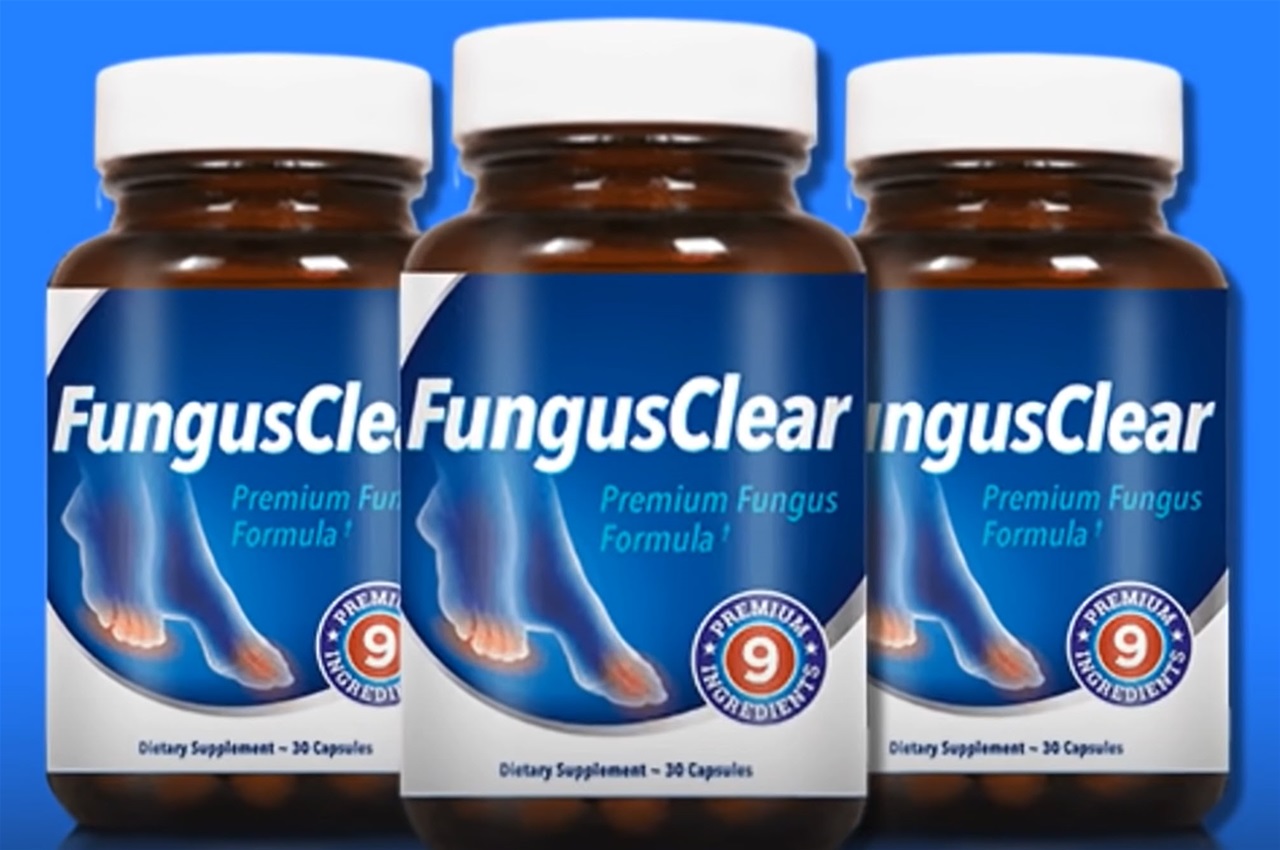Don’t want to treat your nail fungus? Maybe it doesn't hurt, and the yellow, thick nails don't bother you. Maybe you think it’ll go away on its own.
But nail fungus doesn't go away by itself. And if you don't treat this infection, there's a chance it could get worse. It could spread to other nails or through your body. It could cause pain when you walk.
Luckily, you have a number of ways to take care of it. Here's a look at what you can try.
Non-prescription options. You can buy antifungal creams, gels, and nail polish at the store and online without a prescription. You might want to try one of them first if the infection doesn't look bad. Some people also swear by home remedies like menthol rub, tea tree oil, mouthwash, or snakeroot extract -- but studies show mixed results.
Prescription polish and creams. Your foot doctor will likely trim your nail and file away its dead layers. He may also take a piece of your nail and send it to the lab to make sure it’s really a fungus, and to find out what type it is.
The doctor might suggest an antifungal drug that you paint on your nails. This may work on its own, or he may suggest you take it with antifungal pills.
Prescription drugs . One of several antifungal pills may help. They work, but it may take many months to do the job. They also come with side effects like nausea, vomiting, and headaches. They may cause liver damage, too, so your doctor will watch you closely while you take them. Be sure to tell her about any other meds you’re taking -- some antifungal pills might not work well with them.
Nail removal. If the infection is deep and you’ve had it for a while, your doctor may want to remove all or part of your nail. A new nail usually grows back, but it might take a year or so. While it's coming back, your doctor will likely give you a cream or other treatment to put on your nail bed to keep fungus away.
Laser treatment. You might have success getting your toenails zapped with targeted lasers. Several types of lasers are used. There isn't a lot of research on them,and the results are mixed. Laser treatment isn’t covered by insurance, though, and it can cost a lot.
How to Handle Toenail Fungus
https://www.webmd.com/skin-problems-and-treatments/ss/slideshow-toenail-fungus
Myths and Facts About Toenail Fungus
https://www.webmd.com/skin-problems-and-treatments/rm-quiz-toenail-fungus
How Do I Know Whether It's a Fungal Nail Infection or Something Else?
https://www.webmd.com/skin-problems-and-treatments/fungal-nail-infection-or-something-else#1
If your toenails are cracked, discolored, thicker than they should be or painful, you may wonder if you have a fungal nail infection. Although there are other problems that can affect what your nails look or feel like, a fungal infection is a common culprit.
Fungus is the cause of up to half of all nail infections. It’s very common among adults 60 and older -- about 3 out of 4 seniors have the problem, while only 1 of 5 younger adults are affected.
You can get a fungal nail infection on your fingernail as well, but it’s much more likely to show up on your toenails.
If you have type 2 diabetes, you should take nail fungus very seriously. Toenail fungus is twice as common in diabetic feet, and severe cases of it along with complications can lead to amputations. Always see your doctor if you’re diabetic and you notice any problem with your nails.
Other Nail Problems
These are less common than fungal nail infections, and they may have different signs and symptoms. They include:
Ingrown toenails, which hurt where the toenail grows into the skin, but the nail often appears normal.
Infections caused by bacteria, which can make the nail appear thick and hard, aor sometimes green. The skin around the nail and cuticle can look red and swollen.
Melanoma (the most dangerous kind of skin cancer). It’s very rare, but it happens and it may show up beneath a nail as a dark streak.
Fungal Nail Infection Symptoms
Because the toes and feet are often exposed to damp, warm areas, where the infection is spread, fungal nail infections affect the toes more than the fingers. Your feet are also more likely to be exposed to fungal infections if you:
- Spend time at swimming pools
- Walk around a lot in locker rooms
- Wear the same pair of damp, sweaty sneakers all the time
- Injure your toenail
At first, you may have no outward symptoms. But over time, your nails may:
- Have white spots appear on the surface
- Turn white, yellow, green or brown
- Grow thicker than normal or, in some cases, thinner than normal
- Become brittle, with broken or jagged edges
- Change shape, curling up or down
- Lift off of the nail bed
- Smell bad
- Cause you pain






217 W Dunklin St
Jefferson City, Missouri, USA
TMS Media, Sva prava zadržana © 2017